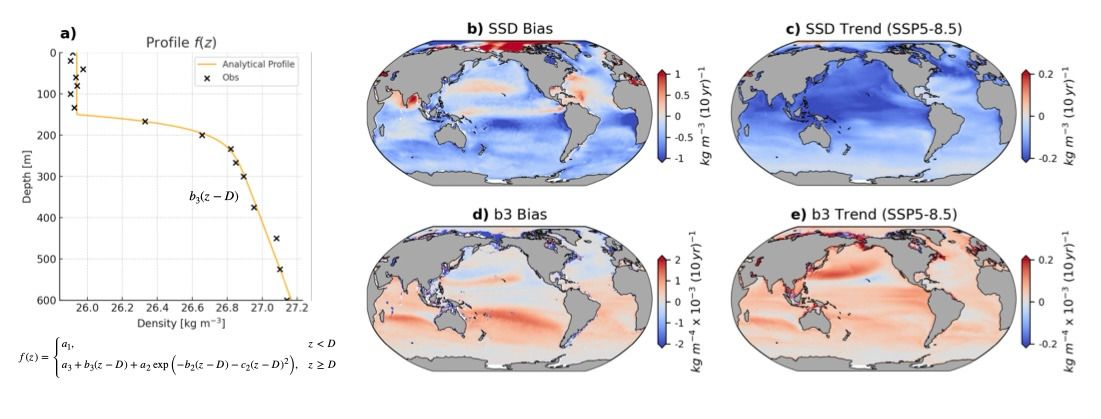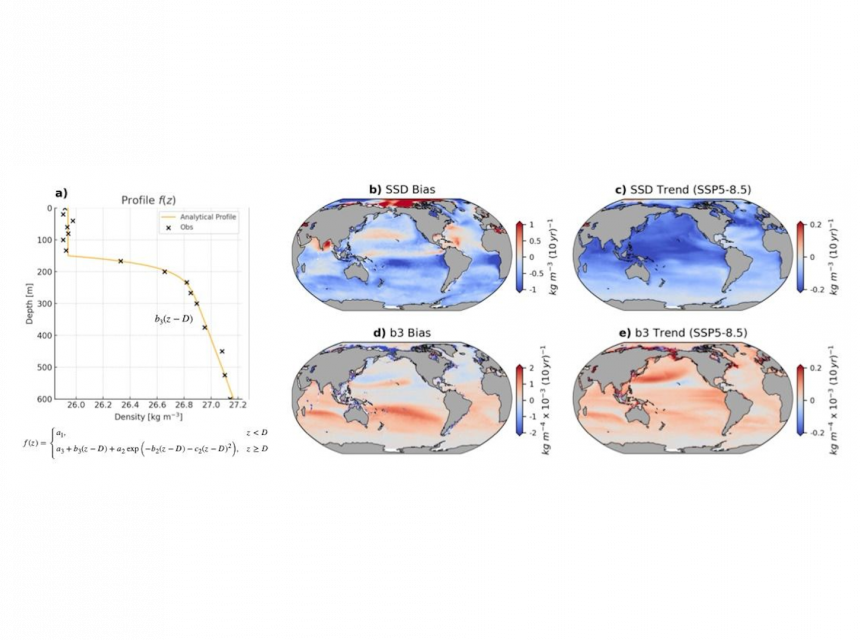Ignasi Vallés (IEO) — Evaluating Upper-Ocean Stratification: Implications for Climate Dynamics and Ocean-Atmosphere Interaction in Tropical Basins
Don't miss any Success Story following us on X and LinkedIn!
@RES_HPC RES - Red Española de Supercomputación @res-icts.bsky.social
Check this Success Story at our LinkedIn: Evaluating Upper-Ocean Stratification: Implications for Climate Dynamics and Ocean-Atmosphere Interaction in Tropical Basins
💡A RES Success Story about the vertical structure of oceans💡
📋 "Evaluating Upper-Ocean Stratification: Implications for Climate Dynamics and Ocean-Atmosphere Interaction in Tropical Basins" led by Ignasi Vallès Casanova from Instituto Español de Oceanografía
Earth’s climate is strongly influenced by the vertical structure of the upper ocean. Its layered density, also known as stratification, regulates how heat is stored, how water mixes vertically, and how water masses form.
Climate change might intensify stratification, which would increase surface warming, so the team studied key parameters of stratification. Particularly, they applied a physically consistent model of the vertical density profile to historical Earth models (CMIP6) and 2 future scenarios of climate warming (SSP2-4.5 and SSP5-8.5, up to 2100).
🖥️ Thanks to RES supercomputer hashtagAltamira from Universidad de Cantabria, the team compared the simulations with observational datasets to assess the fidelity of the model and project changes in different scenarios.
To do so, they implemented a genetic evolution algorithm to fit idealized forms across millions of ocean density profiles. The input, terabytes of 3D temperature and salinity data, made hashtagHPC resources essential to perform the study.
They found consistent errors in models representing upper-ocean stratification, which differed between the Earth’s hemispheres.
🔹 In the Southern Hemisphere, the model's density change with depth is too sharp. That's likely related to model issues in mode waters and the Southern Ocean ventilation, where surface waters sink and exchange heat, carbon and nutrients with deeper waters.
🔹 Models also predict a too-low surface water density in the Southern Hemisphere, specially in tropical regions, likely due to issues in surface buoyancy fluxes and upper-ocean mixing; two key mechanisms that affect tropical climate predictability.
The figure shows a density profile based on the functional form (a) along with global maps of trends under the SSP5-8.5 climate scenario (b, d) and trends under the SSP5-8.5 climate scenario (c, e) for sea surface density (SSD) and the slope of the permanent pycnocline (b3).


